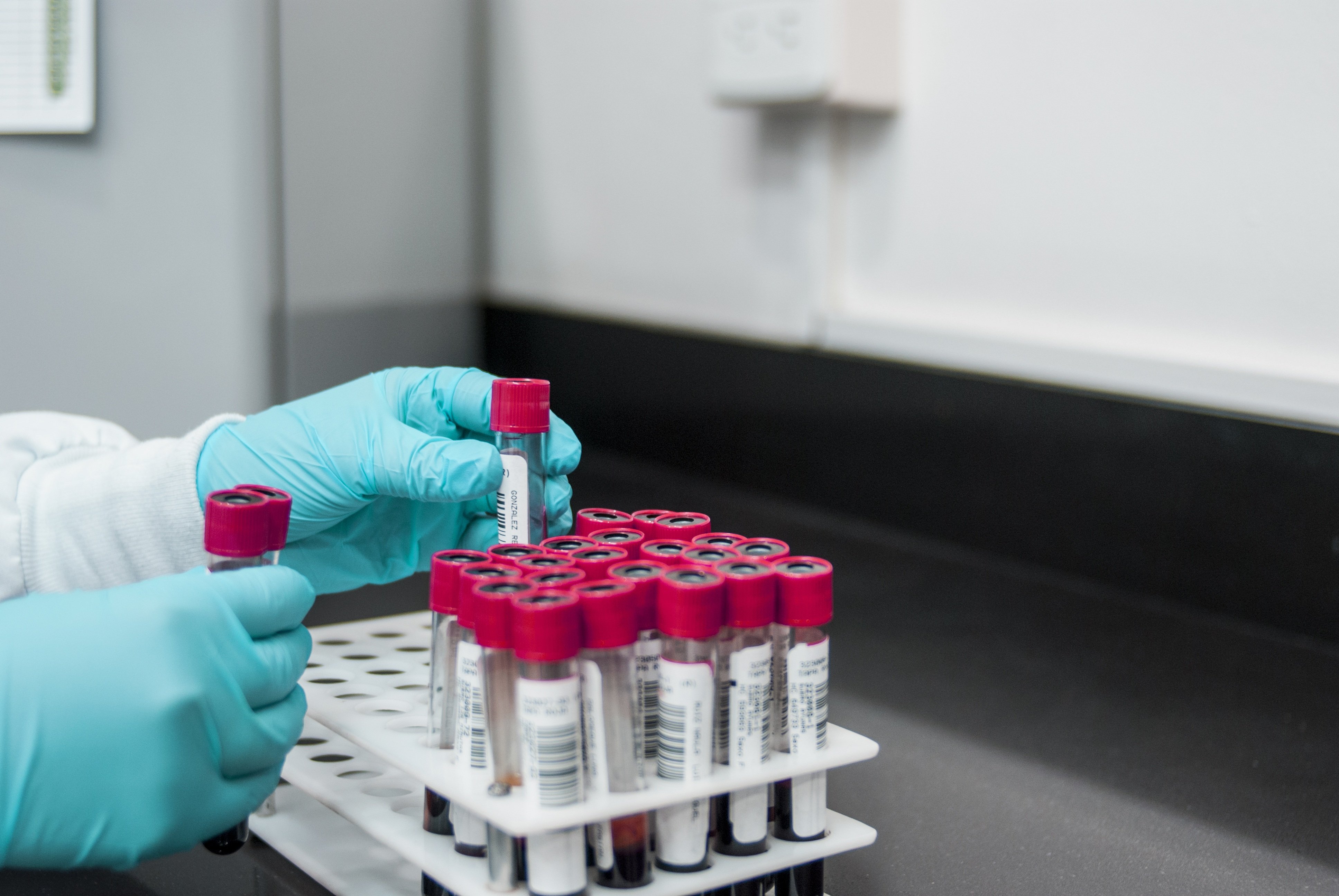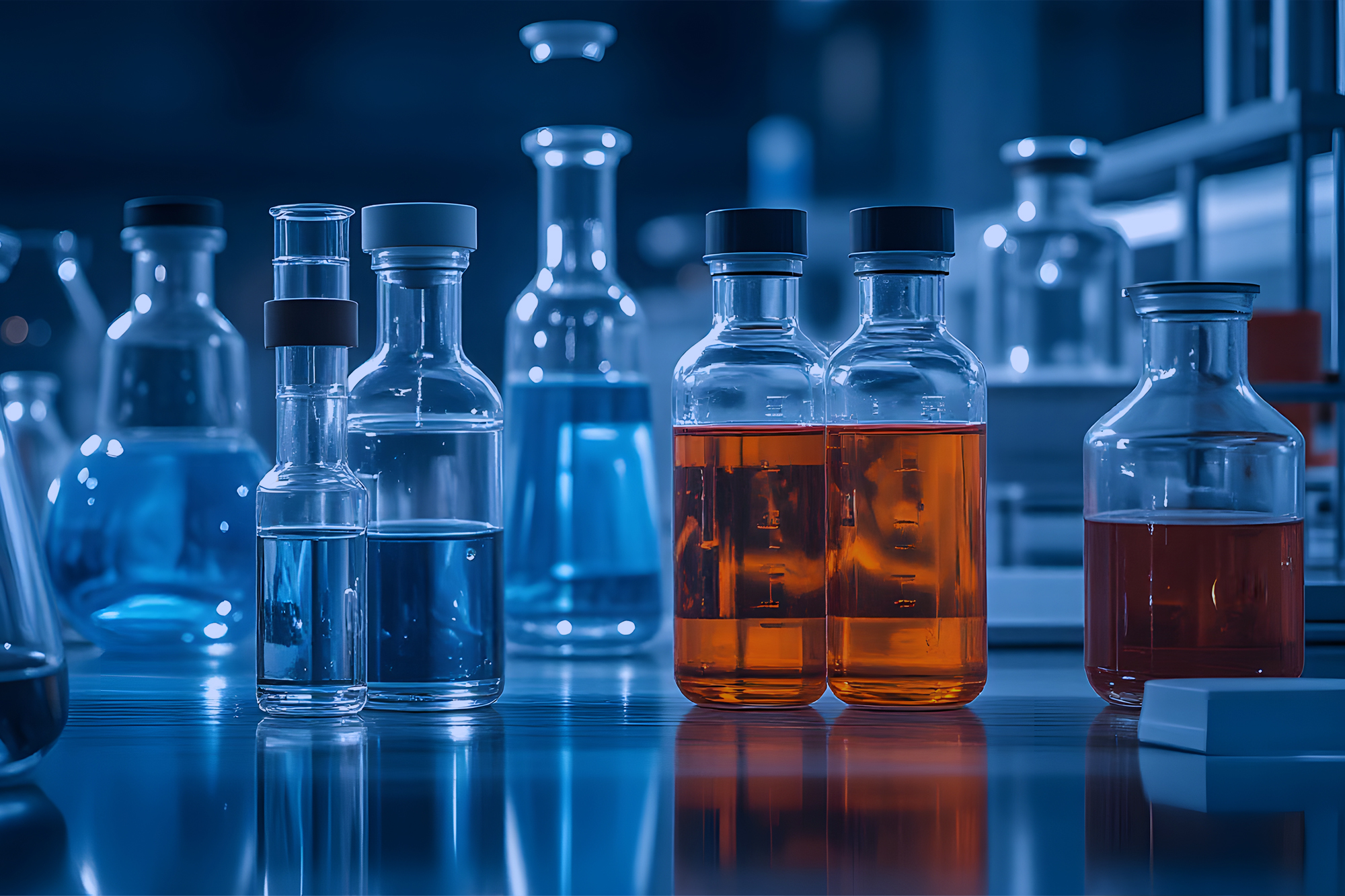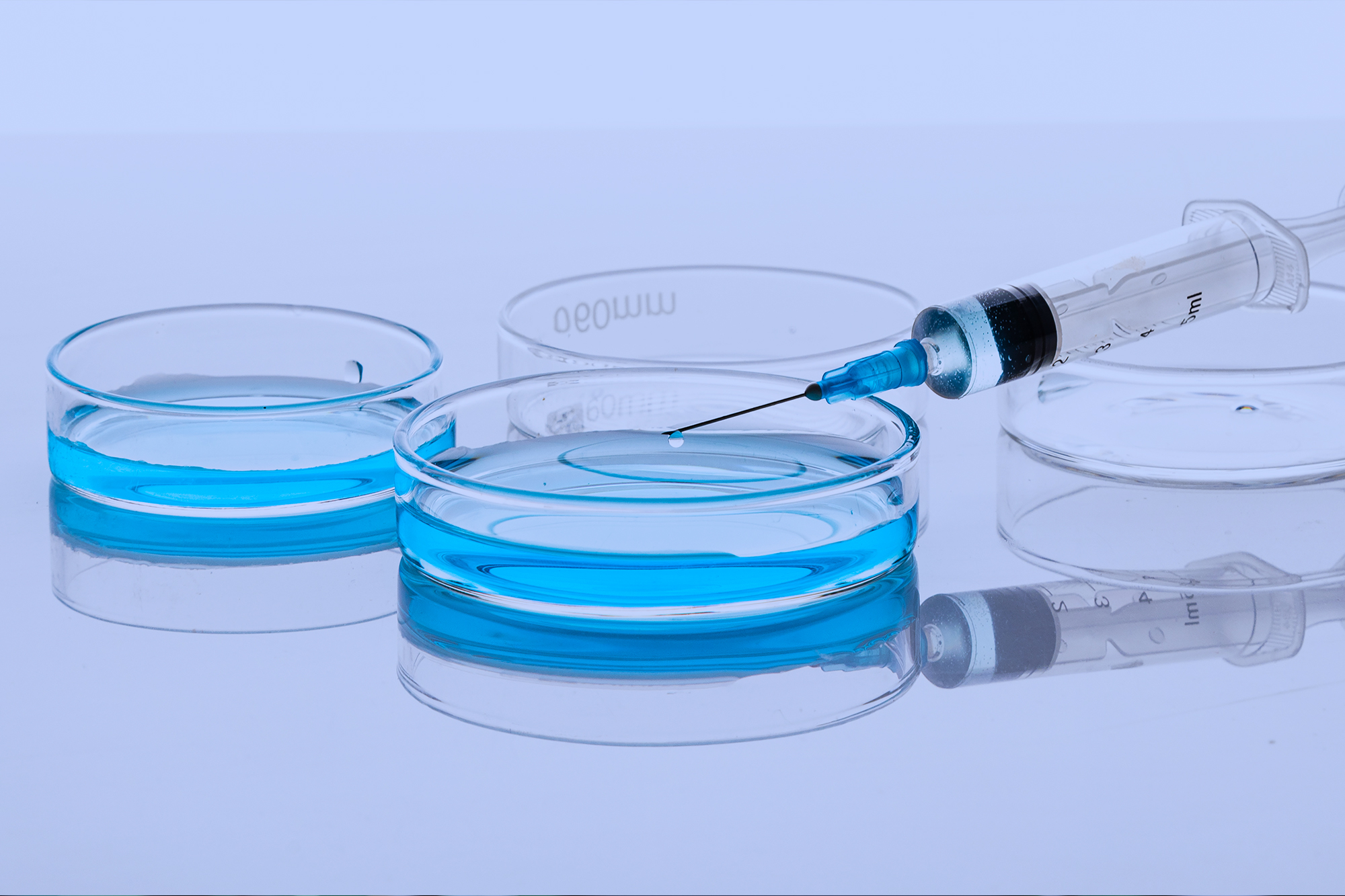How to choose a Water Bath
Water Bath is a commonly used laboratory device that typically water as the heat transfer medium. Through integrated heating and temperature control systems, it provides samples immersed in the bath with a uniform, stable, and precise temperature environment.
Dry Baths vs
| Feature | Water Bath | Dry Bath |
| Heating medium | Water (or silicone oil) | Metal block (e.g., aluminum, silver alloy) |
| Temperature range | RT +5~ 100 °C | RT+5 ~ 150 °C |
| Heating rate | Slow | Fast |
| Capacity | Large-volume samples (measured in L) | Small-volume, fixed samples (measured in mL) |
| Special applications | Volatile, toxic samples and large-volume solutions | Samples sensitive to water vapor or prone to contamination |
Common Application Scenarios

Enzymatic Reactions

Microbial Cultivation

Protein Processing

Chemical Reaction Heating

Sample Preparation

Molecular Biology
Key parameters for selecting laboratory water bath
Temperature Range & Accuracy
Temperature Range
Temperature Accuracy
Temperature Control Method & Uniformity
PID Control
A mainstream technology that ensures stable temperature regulation and minimizes fluctuations.
Temperature Uniformity
For higher precision requirements, a circulating pump can be optionally equipped
Circulation Pump
For any scientific experiment that requires precise temperature control and uniformity, installing a circulation pump is not an “optional feature” but a “necessity.”
Circulation Types
Internal Circulation
The internal circulation pump circulates the liquid within the water bath, improving temperature uniformity throughout the tank.
2.External Circulation (cooling Bath Circulator)
Split-type cooling Bath Circulator uses a circulation pump to deliver the temperature-controlled liquid to external devices, providing a stable cooling source for other equipment.
3.Internal & External Circulation
Combines internal forced circulation within the tank and the ability to output temperature-controlled liquid to external devices via an interface, offering maximum flexibility for laboratory applications.
| Feature | Without Circulation Pump (Static Water Bath) | With Circulation Pump (Circulating Water Bath) | Role of Circulation Pump |
| Heat Transfer Method | Relies on natural convection of water | Forced convection. | Actively breaks temperature stratification, achieving highly efficient heat transfer. |
| Temperature Uniformity | Poor | Excellent | Ensures that every point in the water bath is very close to the set temperature. |
| Temperature Accuracy | Low | High | Sensor(usually near the heater) measures the uniformly mixed water temperature.Provides real temperature feedback |
| Recovery Time | Slow | Fast | Quickly eliminates temperature Quickly eliminates temperature fluctuations after opening the lid or placing samples. |
Internal Circulation
External Circulation
Internal & External Circulation


























